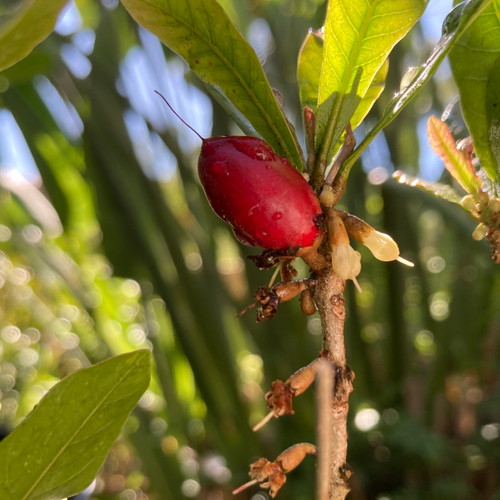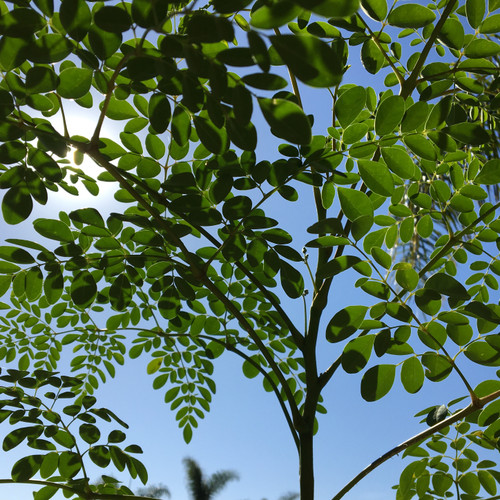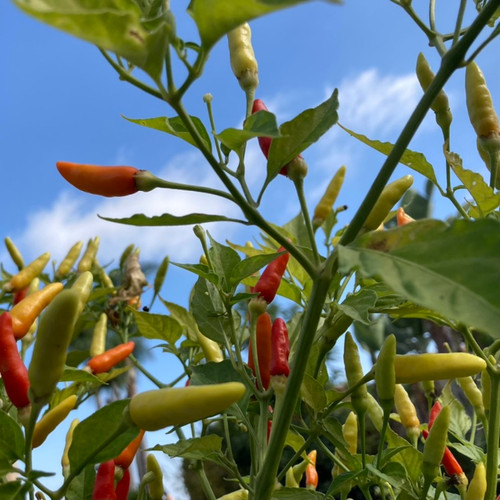The Miracle Fruit plant, scientifically known as Synsepalum dulcificum, is a small, tropical shrub native to West Africa. It’s renowned for its unique fruit, which has the ability to temporarily alter your taste perception, making sour foods taste sweet.
The Miracle Fruit’s key feature is its ability to make sour foods taste sweet. This is due to a glycoprotein called miraculin found in the fruit's pulp. Miraculin binds to taste buds on the tongue and modifies the perception of sour flavors, which can last from 30 minutes to 2 hours, depending on the individual and the amount of fruit consumed. In small studies, cancer patients undergoing chemotherapy reported improvements in taste after consuming miracle fruit.
The Miracle Fruit plant typically grows to about 5 to 10 feet tall. The leaves are glossy, dark green, and ovate with a pointed tip. They are arranged alternately along the stems. The plant produces small, white or pale pink flowers that are somewhat tubular and emerge in clusters. The fruit is a small, red berry about 2 to 4 centimeters (0.8 to 1.6 inches) long. It has a thin, smooth skin and a juicy, fleshy interior.
The plant thrives in warm, tropical to subtropical climates. It prefers temperatures between 68°F to 86°F and cannot tolerate frost. It grows best in well-drained, acidic soils with a pH between 4.5 and 6.0 and enjoys partial shade to full sunlight, but it can also tolerate some degree of shade.
Plants are shipped in 1 gallon containers.










